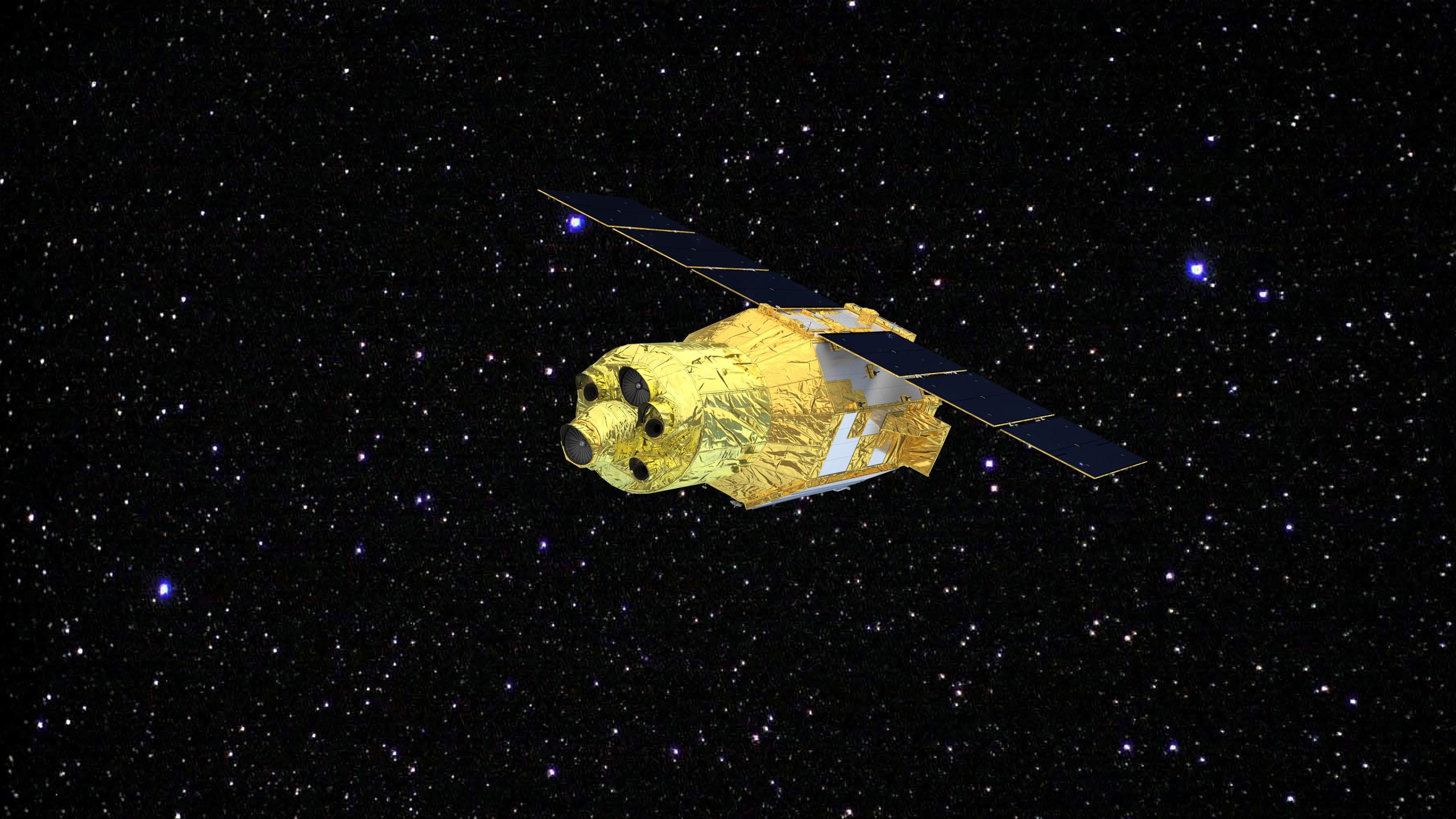XRISM Mission Delivers Breakthrough Data on Cygnus X-3’s X-Ray Emissions
The XRISM (X-ray Imaging and Spectroscopy Mission), a collaboration led by Japan’s JAXA with support from NASA, has delivered a groundbreaking analysis of the Cygnus X-3 stellar system. Known for its distinctive characteristics, Cygnus X-3 consists of a high-mass Wolf-Rayet star and a likely black hole. Using advanced X-ray imaging and spectroscopy, XRISM has provided the clearest and most detailed observations of the energetic gas flows within this complex system, offering new insights into the physics of X-ray emissions and stellar interactions.
Cygnus X-3: A Unique Binary System
Cygnus X-3 is one of the most studied objects in the field of X-ray astronomy due to its fascinating composition. The system features a Wolf-Rayet star, known for its intense stellar winds, which release gas at extraordinary speeds, creating an environment ripe for studying high-energy processes. This unique binary system, with its potential black hole companion, provides astronomers with a rare opportunity to study the interactions between massive stars and compact objects like black holes. XRISM’s observations have significantly enhanced our understanding of these energetic phenomena.
The Role of the Wolf-Rayet Star
Ralf Ballhausen, a postdoctoral associate at the University of Maryland and NASA’s Goddard Space Flight Center, emphasized the crucial role of the Wolf-Rayet star in the system. Its powerful stellar winds not only contribute to the gas flows observed by XRISM but also influence the surrounding environment, including the behavior of the potential black hole. These strong winds push gas outward, creating shockwaves that can be detected in the X-ray spectrum. Understanding this star’s behavior and the dynamics of its winds is key to unraveling the broader mysteries of the system.
XRISM’s Contribution to Stellar Research
With the data collected from Cygnus X-3, XRISM is significantly advancing our knowledge of high-energy astrophysics. The mission’s ability to capture detailed X-ray spectra allows astronomers to study the interaction between the stellar components in unprecedented detail. These findings provide valuable clues about the evolution of massive stars and their relationship with companion objects like black holes. As XRISM continues to observe other celestial bodies, its contributions will shape the future of X-ray astronomy and deepen our understanding of the universe’s most energetic phenomena.

















